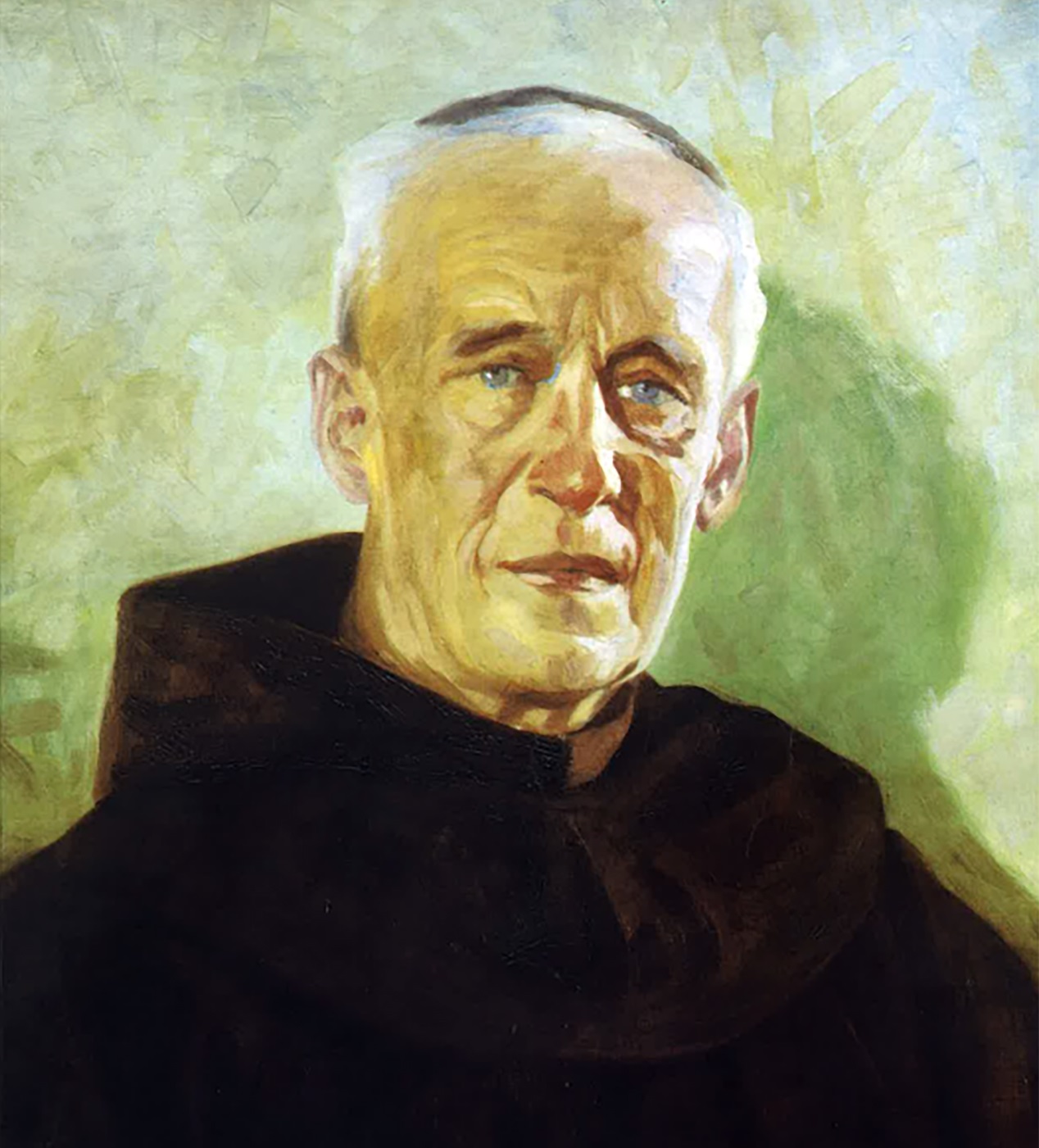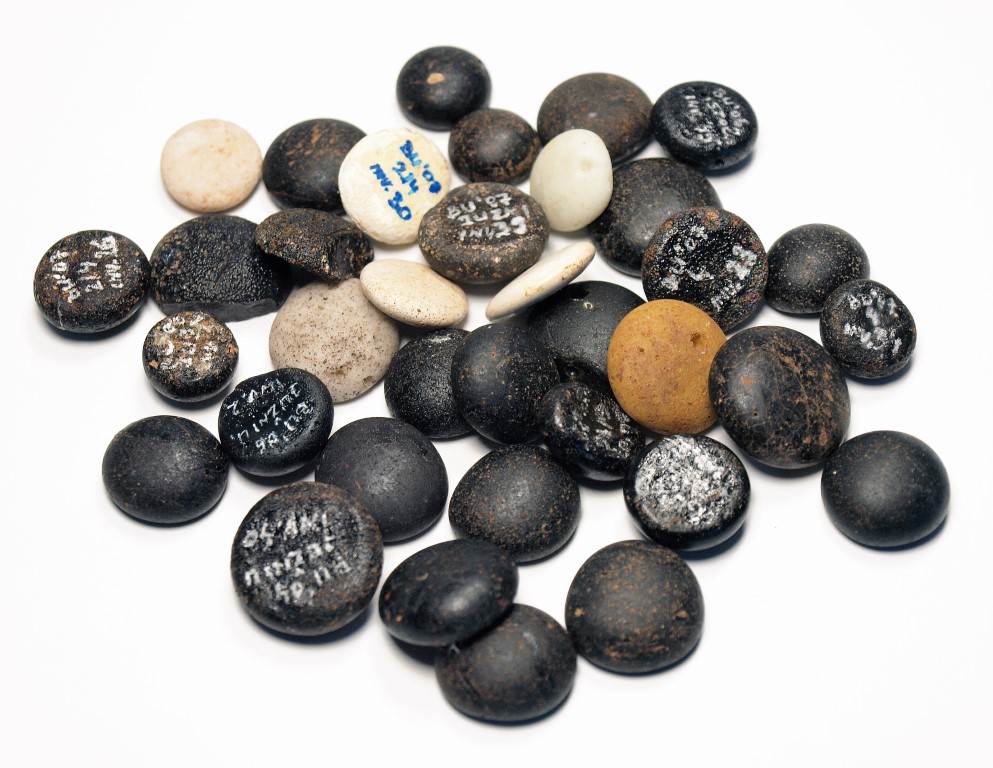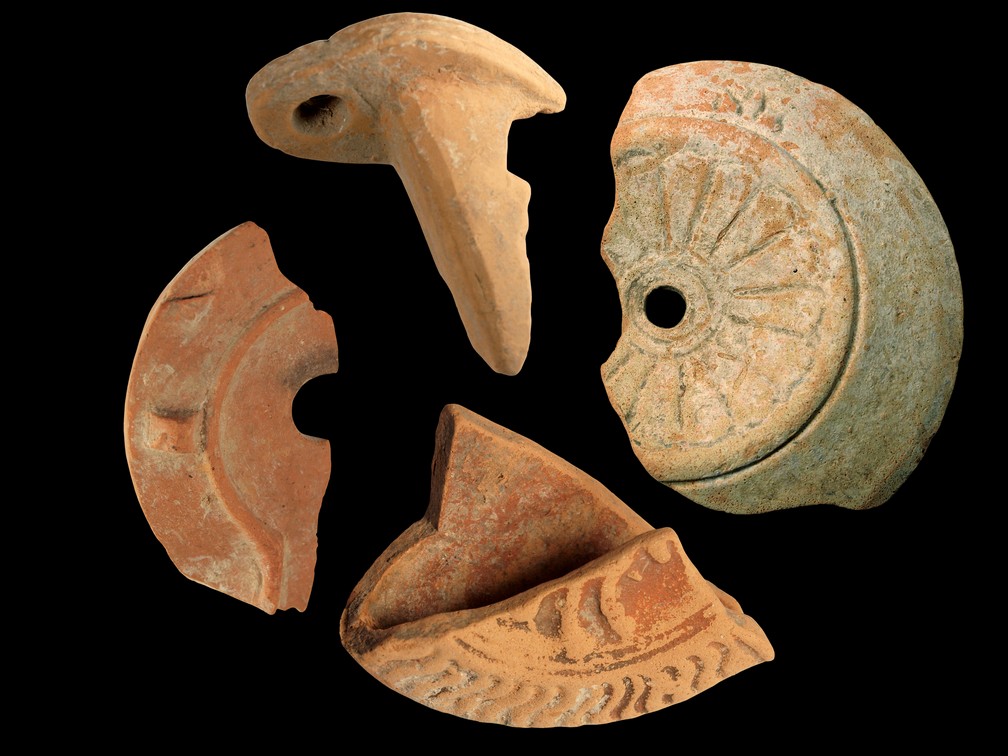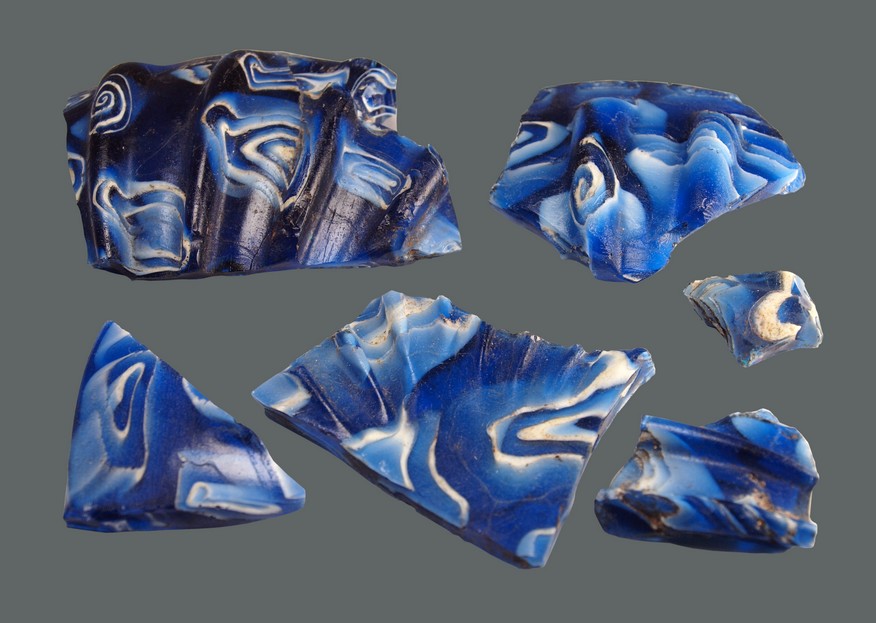Fr. Lujo Marun – the Nestor of Croatian archaeology, a diligent researcher into Burnum's past
His field diaries and handwritten notes called “Antiquarian Diaries” are particularly important, containing much valuable data on archaeological sites throughout Dalmatia
Lujo (Stjepan) Marun, the Croatian archaeologist, was born in Skradin on December 10, 1857. He attended elementary school and one grade of high school in Šibenik, from where he was sent to the Franciscan seminary in Sinj, and further to the novitiate in Visovac. After studying at the Franciscan seminaries in Šibenik and Makarska, he entered the Franciscan Order on the island of Visovac in 1875. He was ordained a priest in 1880. He was appointed parish assistant in Drniš, where, under the influence of Fr. Stjepan Zlatović, he showed an interest in ancient Croatian monuments.
From 1885, he has held the office of parish priest in Knin, where he began intensively to beceome involved with medieval archaeology. In order to ensure the legitimacy of the archaeological excavations that he carried out at numerous sites, he founded the Committee for Research into Croatian Antiquities in the Knin Area, and in 1887, at the instigation of Don Frane Bulić, the Knin Antiquarian Society (later called the Croatian Antiquarian Society). He led numerous archaeological excavations in Knin and its surroundings (Biskupija, Kapitul, Vrpolje), and also at Uzdolje, Ždrapnje, Sv. Spas [Holy Saviour] at the source of the Cetina River, Ostrovica near Bribir, Galovac near Zemunik, Šopot near Benkovac, during this discovering monuments and inscriptions extremely important for Croatian history and culture. Encouraged by numerous finds, especially those from the medieval period, in 1893 he founded the First Museum of Croatian Monuments in Knin. Although until then he had received the professional and organizational support of Don Frane Bulić, their paths diverged: Don Frane Bulić founded the Society for the Research into Croatian History “Bihać”, with the intention that all ancient Croatian monuments be placed in the Archaeological Museum in Split, while Fr. Lujo Marun advocated the idea of a separate museum of ancient Croatian monuments. He did not live to see it. He died in Knin on January 15, 1939, and 38 years after his death, the Museum of Croatian Archaeological Monuments in Split was constructed and opened to the public, as a reincarnation of his ideas.
In 1895, he started the journal Starohrvatska prosvjeta, which mainly published articles on the activities of the Knin Antiquarian Society and the Museum. His field diaries and handwritten notes called “Antiquarian Diaries” are particularly important, containing much valuable data on archaeological sites throughout Dalmatia. His “Antiquarian Diaries” were published in 1998 by the Museum of Croatian Archaeological Monuments. Friar Marun started his archaeological activity in the Drniš area during his religious service in Drniš (1881-1885). He surveyed the hillfort of Petrovac near Tepljuh and the site of Cecel near Siverić, where he later excavated, inspired by the story that King Zvonimir had been killed there and that this was the site of the court of King Petar Svačić. After being transferred to Knin in 1885, Fr. Lujo Marun supervised the construction of the railway line across the site of Kapitul and discovered slabs with the inscribed names of two Croatian kings, the name of Držislav being legible. He studied and documented the medieval fortresses on the Krka and Čikola Rivers, especially the Ključica and Nečven forts, which he photographically documented in 1895.
He paid great attention to the archaeological site of Burnum, the Roman military camp and municipium, where he was active for over thirty years, as proven by the notes in his Antiquarian Diaries. He carefully collected finds from this site, and many of these finds are now preserved and housed in the Museum of Croatian Archaeological Monuments. In his diaries, Friar Lujo Marun provided information on the discovery and purchase of archaeological items, and his records about the discovery of Roman epigraphic monuments are particularly valuable. Some of the Roman inscriptions found in the time of Fr. Lujo Marun have disappeared today, and the only evidence for their existence can be found in his Antiquarian Diaries. Fr. Lujo participated in the archaeological excavations of the Principia in 1912-1913 with the Archaeological Institute from Vienna under the direction of the archaeologist Emil Reisch.
In the light of the “re-discovery” of the Roman amphitheatre in Burnum in 2002, Marun’s descriptions of the amphitheatre are particularly interesting, as they speak of the imposing remains of his time: “I carefully examined the amphitheatre and convinced myself of its significance, as I gained a far better idea of the importance of these Roman ruins.”



























